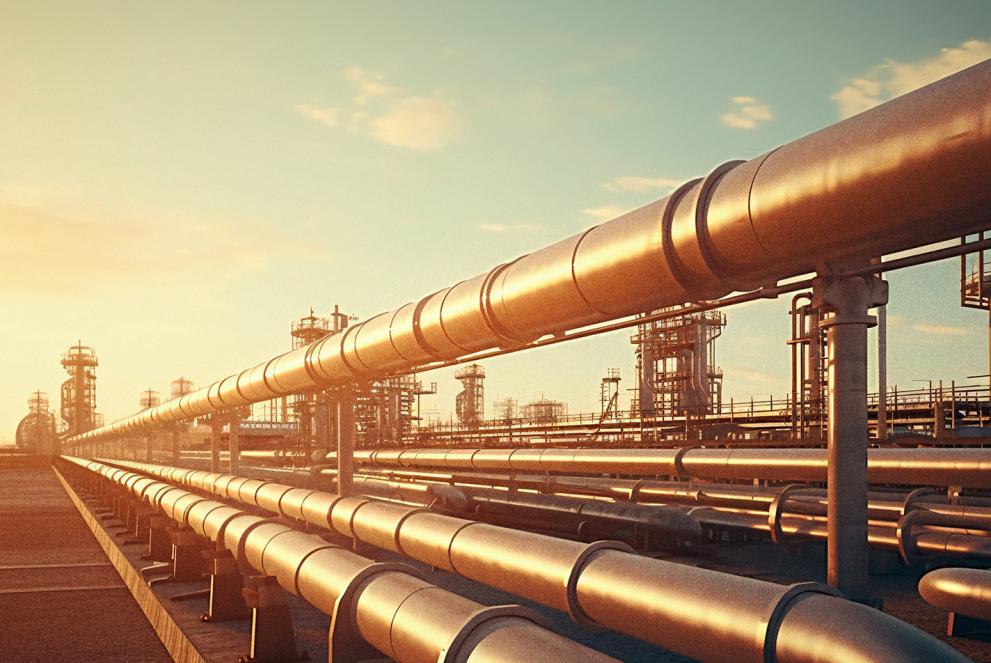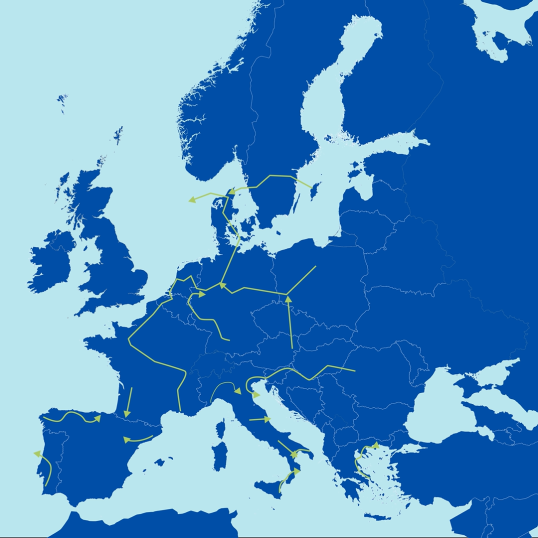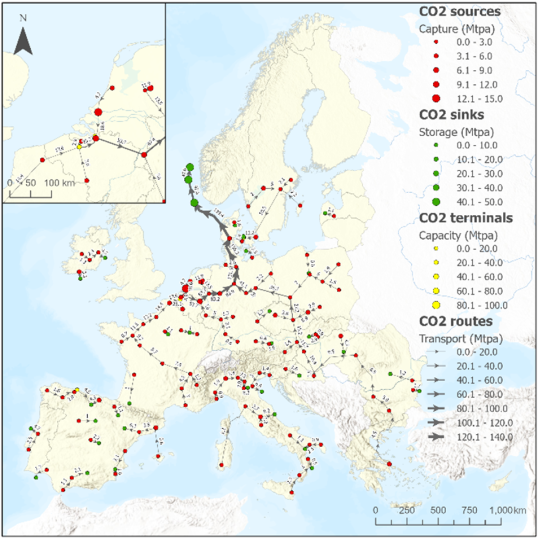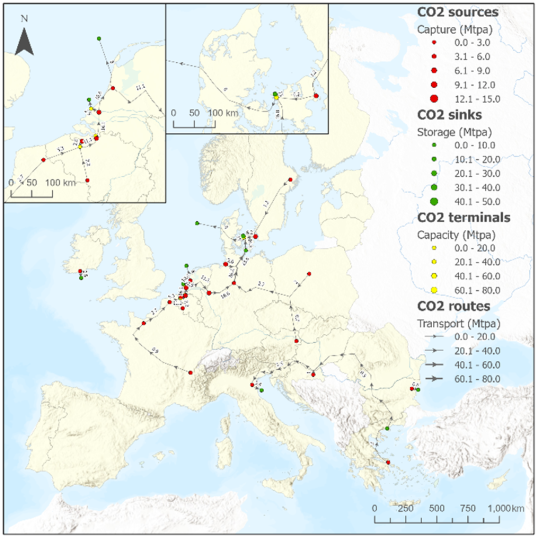
The Communication on Industrial carbon management, adopted today, sets out a set of comprehensive actions to enable carbon capture to play its part in this process.
Underpinning the Communication, a new JRC study sheds light on the key role that CO2 transport infrastructure can play in the successful large-scale deployment of industrial carbon management technologies.
Creating a trans-European CO2 transport network
Industrial carbon management technologies offer a viable solution for reducing emissions, particularly in sectors where mitigation options are limited, such as energy-intensive industries.
While industrial carbon management technologies are already available on a commercial scale, further efforts are needed to develop a transport network capable of handling the projected 2030 volumes of CO2 of 50 million tonnes per year, with requirements projected to rise to 280 million tonnes by 2040 and 450 million tonnes by 2050. The transport network will play a crucial role in enabling CO2 to be transported to permanent storage sites in geological formations, and to industrial sites where it can be used.
Through a cost-optimisation model that connects CO2 capture and suitable storage sites, the study highlights the potential evolution of the CO2 transport network and the related investment requirements from 2025 to 2050.
Initially, the CO2 transport network will be developed at local, regional or national levels, and be designed to accommodate the transportation needs of many different CO2 sources. Over time, this network will need to expand to connect CO2 sources with distant storage sites, forming a comprehensive trans-European network.
However, in the early stages of industrial carbon management deployment, before 2030, other transport methods including shipping should be considered due to the capital-intensive nature and long lead times of developing pipeline networks.
Shaping the network
International coordination and collaboration in identifying suitable storage locations will be essential to establish commercial CO2 storage capacity in Europe. Since the CO2 transport network passes through many different countries, common quality standards and regulations will be essential.
Early adopters, such as CO2 capture and storage project developers, could play a vital role in shaping the CO2 transport network. Their location, capacity and start date will influence the mapping and capacities of the transport routes. This, in turn, is expected to draw subsequent projects to use these routes to minimise costs.
Ambitious carbon capture scenarios
The study identified approximately 100-120 potential CO2 capture clusters and 100 storage sites across Europe. It considered eight different scenarios to account for different projections of the CO2 capture volume and uncertainties in storage site availability and capacity. These scenarios aimed to determine the optimal CO2 transport network from an investment cost perspective up to 2050.
One of the most ambitious scenarios considered, in terms of CO2 capture levels for 2030, 2040 and 2050, is the EU + NO&UK scenario. It encompasses the EU, but allows storage of CO2 in Norway and the UK as well. This scenario highlights the importance of storage in the North Sea basin to ensure sufficient capacity for CO2 captured in the EU.
Another scenario explores the development of the CO2 infrastructure network based on the storage capacity objective of 50 million tonnes per year in the EU by 2030, as included in the Net-Zero Industry Act (NZIA) proposal. While under this scenario the level of CO2 stored by 2030 is lower compared to other scenarios, it ramps up to a total of nearly 4 gigatonnes (Gt) of storage by 2050.
By 2030, CO2 infrastructure could span 6700-7300 km and potentially extend to 15 000-19 000 km by 2050. The estimated deployment cost ranges from €6.5billion to €19.5bn by 2030, increasing to €9.3bn-€23.1bn by 2050.
To reduce investment costs for the CO2 transport network, the study suggests focusing on developing storage capacities also in other areas, such as South and East Europe, which have insufficient capacity, to avoid long-distance transport of captured CO2.
Related and future JRC work:
The data layers produced by this study will be made available through the JRC data catalogue and the Energy and Industry Geography Lab.
The JRC plans to conduct further updates to this study, including collecting information on announced and planned industrial carbon management projects and improving data on potential storage locations.
Additionally, the JRC aims to incorporate more modes of CO2 transport, primarily with more information on shipping, into their modelling and update the investment costs with the latest information. As part of future work, JRC will analyse the most suitable locations for direct air capture facilities.
Sources
Details
- Publication date
- 6 February 2024
- Author
- Joint Research Centre
- JRC portfolios







